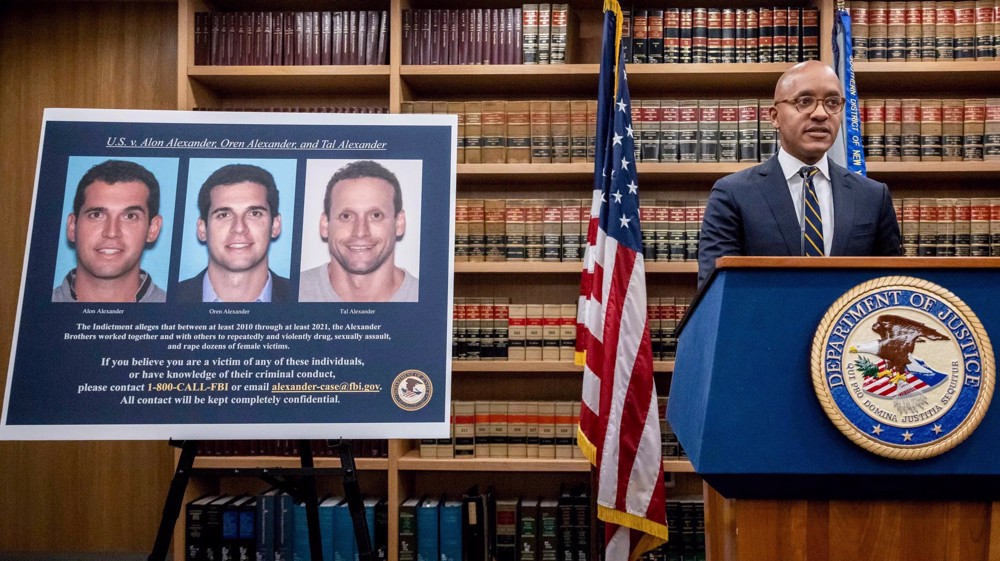North Dakota tribe vows to continue pipeline protest despite arrests
A Native American tribe and other protesters have promised to continue their struggle against a controversial multibillion-dollar oil pipeline in the US state of North Dakota, despite hundreds of arrests by police.
The Standing Rock Sioux Tribe vowed on Friday to continue their fight through direct action, legal challenges and growing celebrity support, a day after police arrested 141 of their members.
"We won't step down from this fight ... This is about our water, our rights, and our dignity as human beings," Dave Archambault II, the tribe's chairman, said in a statement.
The tribe wants observers from the US Justice Department to probe the use of force by police, said Sue Evans, a spokeswoman for the tribe.

On Thursday, police arrested 141 protesters as officers attempted to clear a camp on private property in the path of the proposed $3.8 billion Dakota Access Pipeline.
Officers in riot helmets used pepper spray and shot beanbag rounds on some of the estimated 330 protesters as helicopters flew overhead.
Demonstrators also allegedly set a car and some tires on fire, giving the scene a war zone-like appearance.
Police expect additional protests, and possibly more arrests, in the coming days.
A number of Native American tribes, as well as activists and celebrities, are opposed to the pipeline, claiming it threatens local water supplies and sacred tribal sites.
They have been protesting for several months, and a total of 411 protesters have been arrested since August 10, the Morton County Sheriff's Department said.

The federal government has twice asked the pipeline operator to voluntarily pause construction near the tribe's reservation while the authorities reconsider the project's route. But courts have refused to compel a halt.
Supporters of the pipeline say it would be safer and more cost-effective than transporting the oil by road or rail.
The 1,885-km (1,172-mile) pipeline, being built by Energy Transfer Partners, would offer the fastest route to bring Bakken shale oil from North Dakota to oil refineries in the US Gulf Coast.
VIDEO | Yemenis praise the military for its successful operations against Israel
VIDEO | Israel continues to bomb Gaza homes
VIDEO | An insider's view of the country: Meybod City in Yazd
‘All wars have rules. All of those rules have been broken’ by Israel
VIDEO | Report flags India’s violation of rights of Rohingya detainees
Turkey's foreign minister meets Syria's de facto leader in Damascus
VIDEO | US Syria plots
'Next to impossible' to rescue patients from Gaza's Kamal Adwan Hospital: Director
















 This makes it easy to access the Press TV website
This makes it easy to access the Press TV website